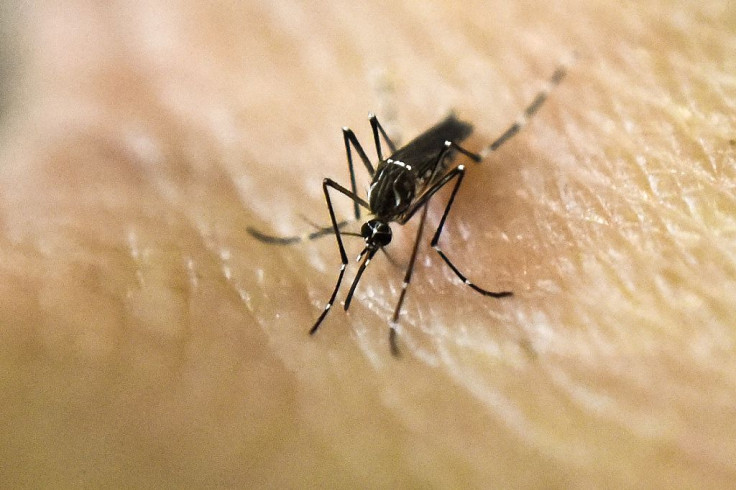
After the dangerous situation that the state of Texas is experiencing, Houston residents should prepare to deal not only with rising floodwaters from Hurricane Harvey, but also a massive outbreak of mosquitoes.
Yes, we all know that most mosquito bites are harmless, and the symptoms will subside in a few days, but if you’re a parent who pays attention to news about mosquito-borne illnesses, it’s hard not to be concerned.
A year ago, the Zika virus dominated U.S. headlines. In 2014, it was Chikungunya Fever, and West Nile Fever before that.
“Nothing spreads faster across most of the world than a mosquito-borne virus,” says Dr. Brent W. Laartz, a board-certified infectious diseases specialist and author of How to Avoid Contagious Diseases. “It seems we just become accustomed to diagnosing one virus when the next one is discovered.”
Predictions of a massive Zika outbreak in the U.S. were especially alarming because it is associated with a birth defect called microcephaly. There’s also concern because the virus can be transmitted through sex.
“All it takes is one person to return from the Caribbean or Asia with Zika virus in their bloodstream to infect a mosquito, which then will carry it to many others, especially in Southern states,” Laartz says.
The symptoms of Zika, Chikungunya, Dengue and a few other mosquito-borne viruses are similar, and can include muscle and joint pain, fever, headache, red eyes and a rash. Zika symptoms usually clear up in less than a week, are mild, and rarely require hospitalization, according to Healthy Children. And only 1 in 5 of those infected will have symptoms. But will parents want to play the odds?
Here are Laartz’s tips for protecting children and all you family, against mosquito bites and mosquito-borne illnesses:
- Cover as much of your skin as possible. “All it takes is a small amount of skin exposure for a mosquito to land and start feeding,” Laartz says. If it’s too hot to cover up with long sleeves and long pants, apply an EPA-rated repellant to skin and clothes. The repellant should have DEET with a 25 percent concentration, he says.
- Use sunscreen first, then repellant. If you can’t find a product with both sun and insect protection, use sunscreen first, let it dry and then apply the repellant, Laartz advises. (Sunscreens can inactivate repellants.) Keep the product away from your eyes and mouth, and take special care with small children. Do not use insect repellent on babies younger than 2 months old; cover your crib, stroller and baby carrier with mosquito netting.
- Don’t count on treated wristbands and stickers for complete control. They should be coupled with repellant, Laartz says. And wear protection all day. “The mosquito that carries the Zika and Chikungunya viruses bites during the day and lives closer to human dwellings,” Laartz says. “It also bites multiple times and bites multiple people, so it can spread these viruses more rapidly.”
In March, the National Institute of Allergy and Infectious Diseases entered the second phase of clinical trial for a Zika vaccine. But it could take years before it’s declared effective and safe enough to be used in the U.S.
For now, Laartz says, mosquito avoidance is the mainstay of prevention.
© 2025 Latin Times. All rights reserved. Do not reproduce without permission.






